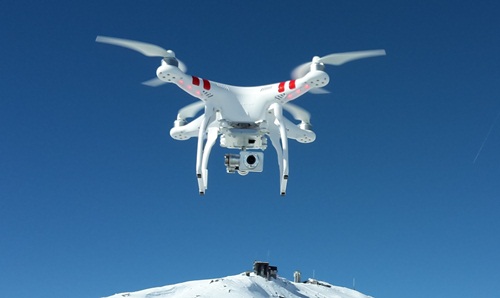DGCA drone regulations come into force
03 Dec 2018
Flying drones have become legal in India from 1 December with the coming into force of the new policy on remotely-controlled aircraft drafted by the Director General of Civil Aviation (DGCA).

Flying drones have become legal in India from 1 December with the coming into force of the new policy on remotely-controlled aircraft drafted by the Director General of Civil Aviation (DGCA).


Apple, which was the preserve of the cooler Himalayan region in India, is now everywhere – in the East, the West and the South - thanks to one enterprising Himachal farmer, Hariman Sharma.

Inland water transport is widely recognised as a cheaper and environment friendly mode of transport and, as per a report prepared by RITES

US President Donald Trump, it seems, is the latest to join the frenzy for personal or corporate currency, with $TRUMP, or what they call a meme coin, giving a further boost to his crypto image.

The cost of saying a final goodbye to loved ones in the UK has reached a grim new high, leaving families grappling with unexpected financial burdens.

On 27th December 2024 India and the world lost one of their finest statespersons in a hundred years. Manmohan Singh, born on 26th September 1932, in Gah, Punjab (now in Pakistan)

One newspaper report of Ratan Tata’s passing away showed an old photo of him climbing into the cockpit of a Lockheed Martin F-16 fighter.

In March 2013 Chinese scientists pulled off a remarkable feat. They created the world’s lightest aerogel. Tipping the scales at a mere 0.16 milligrams per cubic centimeter – that’s a sixth of the weight of air!

The 28th United Nations Climate Change Conference, also known as COP28, took place from 30th November 2023, to 13th December 2023, at Expo City in Dubai, United Arab Emirates.

Ponzi schemes have long captivated the public imagination, drawing unsuspecting investors into a web of illusion and deception.



